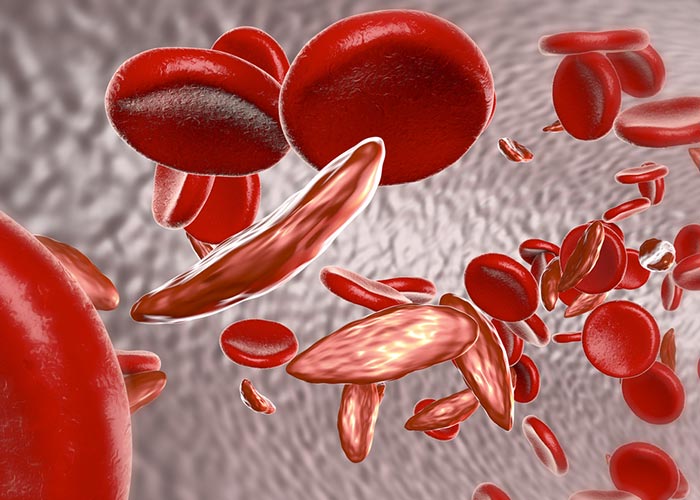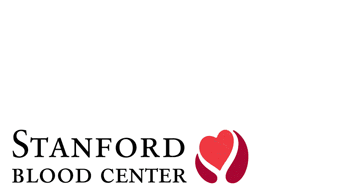
Global Campaign: World Sickle Cell Day Brings Awareness to Sickle Cell Disease
June 19 is World Sickle Cell Day. The first annual celebration was observed in 2009, after the United Nations General Assembly established the day to increase awareness of the public health issue. By simply reading this blog, you are participating in the global campaign!
What is Sickle Cell Disease (SCD)?
SCD is an inherited group of disorders. People with SCD have abnormal hemoglobin, the protein in red blood cells that carries oxygen throughout the body. Red cells in SCD sufferers are misshapen, causing them to get stuck in small blood vessels and block blood flow. It is a life-long condition for which there is no cure, but there are treatments for some forms to alleviate pain and prevent complications such as stroke and acute chest syndrome.
What is the difference between sickle cells and regular cells?
- They are crescent-shaped, and less flexible than regular disc-shaped cells. This makes them prone to causing blockages that stop the flow of blood, which keeps oxygen from its usual journey to tissue and organs.
- Sickle cells do not live as long as regular cells – 10 to 20 days compared to 90 to 120.
- Unlike regular cells, sickle cells cannot be replenished as quickly as they die, which causes anemia.
How common is SCD?
According to the Center for Disease Control and Prevention, it is estimated that Sickle Cell Disease:
- Affects approximately 100,000 Americans.
- Occurs among about 1 out of every 365 Black or African-American births.
- Occurs among about 1 out of every 16,300 Hispanic-American births.
- About 1 in 13 Black or African-American babies is born with sickle cell trait (SCT).
Why Blood Donors Matter
Blood transfusions are one course of treatment, so having healthy red blood cells ready for patients is imperative. One example of the importance of blood donation is a girl named Lexi. She was diagnosed with sickle cell anemia as an infant. At age five, a routine test came back as abnormal and doctors discovered that the blood vessels in Lexi’s brain were narrowing. In an attempt to stabilize the vessels and lessen her chance of stroke, she began receiving blood transfusions every 3-4 weeks. You can read more about Lexi in a previous blog article!
How You Can Help
Make an appointment to donate on our website or call 888-723-7831. Learn more about SDC. While the condition itself is complicated, understanding the basics is easy using the following resources.
Read about the recent groundbreaking development in the search for a cure using gene therapy:
https://www.newscientist.com/article/mg23331154-800-gene-therapy-breakthrough/
Find a list of research articles published in Nature on the journal’s website:
https://www.nature.com/subjects/sickle-cell-disease
Check out the Center for Disease Control and Prevention’s tool kit, which includes over a dozen downloadable files for educational purposes:
https://www.cdc.gov/ncbddd/sicklecell/toolkit.html
Learn about inheritance of sickle cell through infographics:
https://www.cdc.gov/ncbddd/sicklecell/documents/Sickle-Cell-Infographic.pdf
Sources:
http://www.hematology.org/Patients/Anemia/Sickle-Cell.aspx
http://bloodcenterblog.stanford.edu/lives-saved/the-beat-goes-on/
https://www.cdc.gov/ncbddd/sicklecell/index.html
https://www.nhlbi.nih.gov/health/health-topics/topics/sca
